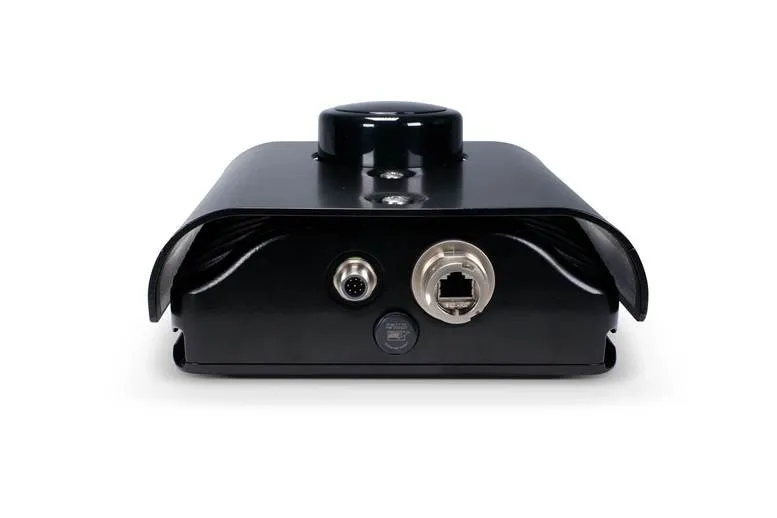Canoga includes Ethernet so it can connect to GTT’s central management software (CMS), which enables traffic engineers to access key data, run customised reports, and receive maintenance alerts—all in real time, all from a remote location.
Engineers can use the device to adjust timing for signalised intersections, to record state- and federal-mandated traffic counts, or just for a more accurate count of the number of vehicles on the road.
The new cards are easily interchanged with sensors already installed and can also be used to capture information about vehicles in parking lots, or information about bicyclists in bike lanes.
“The Canoga 9000 Series sets a new standard for traffic sensing technology,” said Tim Hall, GTT’s Market Development director. “With our innovative, single-loop technology, traffic engineers can use a single card to obtain information that traditionally requires two sets of cards and sensors. Our new technology provides more information with less guesswork, so engineers can make more accurate decisions that improve traffic flow and enhance safety.”
Vehicle detection with speed, class and count in a single loop
Global Traffic Technologies (GTT), have added speed, class and count to detection capabilities to their Canoga 9000 series, in a single width four-channel traffic management card. Historically, two cards were needed to obtain the same information. Canoga includes Ethernet so it can connect to GTT’s central management software (CMS), which enables traffic engineers to access key data, run customised reports, and receive maintenance alerts—all in real time, all from a remote location.
September 5, 2014
Read time: 2 mins










